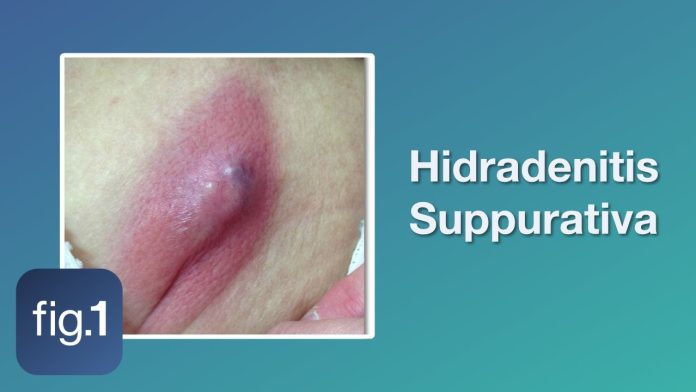Estimated reading time: 0 minutes
Hidradenitis Suppurativa (HS) stands as a formidable challenge in dermatology, marked by recurrent, painful lesions in areas of skin friction. This condition significantly deteriorates the quality of life for those afflicted. The intricate role of hormones in HS’s pathogenesis has opened new treatment avenues, promising hope for effective management. Integrating Ayurvedic principles with contemporary hormonal knowledge presents a holistic strategy for tackling HS, offering relief and enhanced well-being for patients.
Ayurvedic Insights into HS and Hormonal Dynamics
Ayurveda perceives health and disease through the balance of three fundamental energies: Vata, Pitta, and Kapha. HS, in this context, may be interpreted as a disturbance in Pitta (metabolic and hormonal activities) and Kapha (structure and fluid balance), leading to inflammation and blockages manifesting as painful skin lesions. The hormonal dimension of HS, particularly its ties to puberty, menstrual cycles, and metabolic syndrome, underscores a Pitta imbalance, pointing towards metabolic and hormonal dysregulation as key factors.
Integrative Approaches to HS Management
1. Dietary Adjustments: Aligning with both Ayurvedic and hormonal management principles, adopting a diet that mitigates inflammation and balances hormones is crucial. This includes foods that pacify Pitta and Kapha, reduce insulin resistance, and support hormonal equilibrium, such as leafy greens, turmeric, and whole grains, while minimizing processed foods and dairy.
2. Herbal Supplementation: Ayurveda offers a rich repository of herbs like Neem, Turmeric, and Guduchi, known for their anti-inflammatory and detoxifying effects. These herbs complement hormonal therapies like anti-androgens by targeting inflammation and potentially modulating hormonal sensitivities.
3. Lifestyle and Stress Reduction: Regular practice of Yoga and Pranayama, fundamental to Ayurvedic lifestyle, aids in stress management—a key factor in hormonal balance and HS exacerbation. These practices also support metabolic health, addressing insulin resistance linked to HS.
4. Panchakarma Detoxification: Considered for its profound cleansing effects, Panchakarma can assist in rebalancing the doshas and eliminating toxins, supporting overall hormonal health and potentially mitigating HS symptoms.
A Collaborative Path to Wellness
This holistic management paradigm, merging Ayurvedic wisdom with hormonal understanding, necessitates collaboration between patients and healthcare practitioners. Tailoring treatment plans to the individual’s unique health profile ensures a comprehensive approach, addressing HS from multiple angles—dietary, lifestyle, hormonal, and psychosocial.
Conclusion
The fusion of Ayurvedic perspectives with modern hormonal insights offers a nuanced approach to managing Hidradenitis Suppurativa, focusing on restoring balance within the body and promoting natural healing mechanisms. By embracing this integrative model, individuals with HS can embark on a journey towards holistic health, reducing flare-ups and improving their quality of life. This approach highlights the importance of a personalized, multifaceted strategy in managing complex conditions like HS, where understanding and addressing the underlying imbalances are key to effective treatment and lasting relief.
Related–
Know More About Ayurveda Hidradenitis suppurative Treatment.
GET IN TOUCH


Recent comments